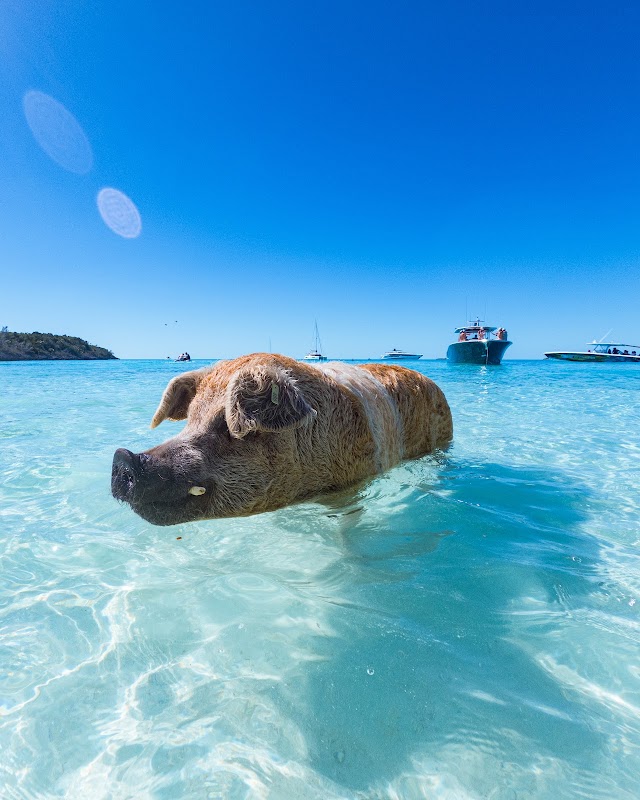
Pelican Cays Land and Sea Park Adventures
Pelican Cays Land and Sea Park is a fully protected marine and terrestrial reserve in the Bahamas, renowned for vibrant coral reefs, diverse marine life, and pristine natural landscapes offering exceptional snorkeling and diving experiences.
About Pelican Cays Land and Sea Park

Pelican Cays Land and Sea Park, located in the southern Bahamas, was established in 1972 as the country's first land and sea park, covering an area of protected land and marine habitats around the Exuma Cays. The park consists of several small cays surrounded by clear turquoise waters teeming with vibrant coral reefs, diverse fish species, sea turtles, and other marine wildlife. The terrestrial areas preserve dry tropical forests and unique native flora and fauna. This park is a critical sanctuary for conservation efforts concerning coral reef health, marine biodiversity, and the preservation of endangered species. Visitors are drawn to Pelican Cays for world-class snorkeling, diving, and kayaking, with underwater visibility often extending over 100 feet. The park’s shallow reefs and underwater pinnacles provide spectacular opportunities to observe Nassau groupers, parrotfish, rays, and reef sharks in their natural habitat. Terrestrial trails offer light hiking through coastal vegetation with panoramic views of the sea. The park is accessible mainly by boat, emphasizing its remote and untouched character. Its protection status prohibits fishing and resource extraction, helping maintain its ecological integrity. Pelican Cays Land and Sea Park is also valued for its quiet solitude and unspoiled natural beauty, making it a treasured destination for eco-tourists and marine enthusiasts. Its management promotes sustainable visitation with strong environmental stewardship to ensure continued preservation of this unique marine and island ecosystem.
Highlights
Extensive coral reef systems with high biodiversity
Abundance of marine wildlife including sea turtles and reef sharks
Clear turquoise waters ideal for snorkeling and diving
Remote islands offering tranquil beach environments
Notable Natural Features
Coral Reef Channels
Deep channels with rich coral formations attracting diverse fish and marine species, perfect for underwater exploration.
South Pelican Cay
The largest cay in the park, featuring white sandy beaches and native dry forest vegetation.
Marine Sanctuary Zone
A no-fishing area critical for reef regeneration and protecting endangered species like Nassau grouper.
